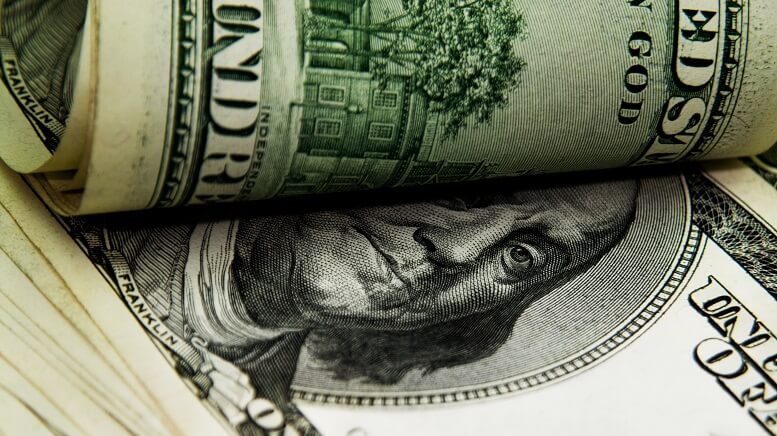US consumer borrowing surged in May by the most in three months, reflecting a significant rise in credit card balances. This uptick in borrowing highlights the increasing reliance on credit by many Americans as they navigate economic challenges.
In May, total credit outstanding rose by $11.4 billion, a notable increase following a revised $6.5 billion gain in April, according to Federal Reserve data released on Monday.
Economists surveyed by Bloomberg had a median forecast of an $8.9 billion increase for May, making the actual figures a considerable exceedance of expectations. It’s important to note that these figures are not adjusted for inflation.
Surge in Revolving and Non-Revolving Credit
Revolving credit, which includes credit cards, advanced by $7 billion, marking the largest increase in three months. This surge indicates a growing dependence on credit cards for everyday expenses.
Additionally, non-revolving credit, encompassing loans for vehicle purchases and school tuition, rose by $4.3 billion, further contributing to the overall rise in US consumer borrowing.
Impact of Rising Cost of Living
The increase in US consumer borrowing can be attributed to several factors, including the depletion of savings accumulated during the pandemic. As many Americans turn to credit cards and other payment methods to manage their expenses, the rising cost of living is exerting additional pressure on household finances. This financial strain is contributing to a slowdown in consumption, as evidenced by recent retail sales data.
Decline in Consumer Spending
Consumer spending has shown signs of slowing down, with retail sales barely rising in May and prior months being revised downward. This decline in spending is reflective of the broader economic challenges faced by households as they grapple with higher borrowing costs and dwindling savings.
Record High Household Debt
The consumer credit report does not include mortgages, but the latest quarterly data from the New York Fed reveals that household debt, including mortgages, reached a record $17.7 trillion in the first three months of the year. Since the pandemic began, consumers have added $3.4 trillion in debt, and the borrowing over the past few years is now subject to much higher interest rates.
Rising US Consumer Borrowing Rates
According to the Fed’s report, borrowing rates on credit cards that charge interest rose to 22.76% in May, just shy of a record high dating back to 1994. Similarly, a 60-month loan from a commercial bank for a new vehicle purchase stood at 8.2%, also near a series high. These rising rates are making it more expensive for consumers to manage their debt.
Increasing Delinquency Rates
As of March, 3.2% of outstanding debt was in some stage of delinquency, according to the New York Fed. While this is lower than the delinquency rates in the fourth quarter of 2019, delinquency transition rates have increased across all product types. This trend suggests that more consumers are struggling to keep up with their debt payments as borrowing costs continue to rise.
The significant increase in US consumer borrowing in May underscores the financial pressures facing many households. With rising credit card debt and higher borrowing costs, consumers are finding it increasingly difficult to manage their expenses.
This trend points to a potential slowdown in consumer spending, which could have broader implications for the economy in the coming months.
Featured Image – Depositphotos










